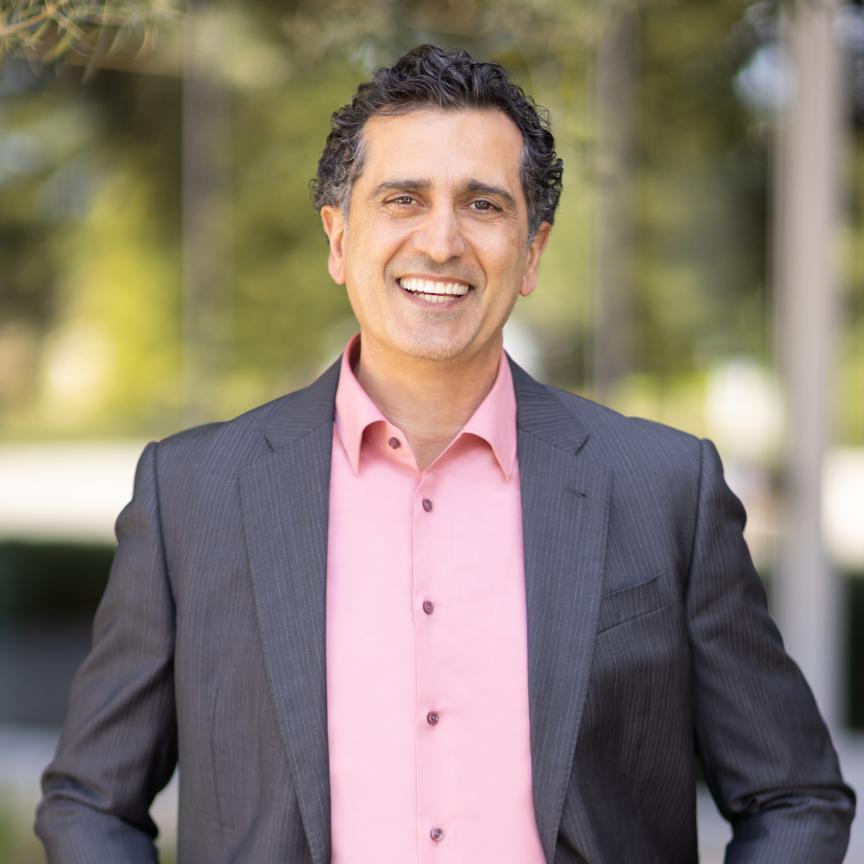While most interpretations of the phrase ‘personalised medicine’ evoke images of medication tailored to the patient’s genetic make-up, delegates to the NAFEMS World Congress being held from 21 to 24 June in San Diego, California, will hear instead that engineering analysis, simulation, and modelling, also have a role to play in tailoring treatment to the individual.
Walter Schmidt, a senior manager of the modelling and simulation group within the advanced technology department at Stryker Orthopaedics, will tell delegates how simulation tools will play an ever expanding role in the orthopaedics industry in delivering safe and effective products as patients get younger and more demanding on pain-free implants, while the implants themselves have to last longer inside the body.
Most interpretations of the phrase simulation and modelling evoke images of the aerospace and automotive industries, so Schmidt’s presentation forms an interesting counter to the norm. Nonetheless, automotive will be well represented with at the conference, with Volvo outlining its programme of crash safety in silico and BMW describing the ground-breaking simulation work that has gone into the i-series of cars.
According to Schmidt, orthopaedic patients tend to be younger today than in the past and they expect to be able to resume their daily lives completely and without pain after surgery. Younger patients are also more likely to have an active lifestyle, meaning that the implant will be exposed to a more demanding set of biomechanical load levels than in the past. Today’s extended life expectancies also imply implies an extension in orthopaedic implant longevity.
Schmidt believes that the orthopaedics industry will therefore have to use better materials and develop better mechanical designs all the while assuming a lower unit manufacturing cost. He is expected to tell his audience that computer simulation can a way to develop clinically relevant computational biomechanical models, evaluate biocompatible materials, optimise structural designs, and predict overall orthopaedic device performance.
But then there is the problem of personalised medicine: patients are unique, which implies that how each implants fit each patient has to be individualised. Here, he believes Computed Tomography (CT) scans can come to the rescue by digitising, categorising, and evaluating each patient’s specific 3D bone morphology. CT scan data also contains bone density information, in the form of grey scales, which varies from patient to patient. Simulation tools can be used to assess the role of variations in relative bone stiffness as the ‘foundation’ for the implant, first in terms of providing initial stability, and then to assess how the bone, as living tissue, adapts to the revised, post-operative biomechanical loads.
Orthopaedic implants like all medical devices are strictly regulated. Schmidt believes that, just as aerospace and automotive companies seek to reduce the costs of physical testing by running computer simulations, so in orthopaedics, simulation tools can be used to reduce the magnitude of physical, bench-top testing required for regulatory submissions of new devices. Validated finite element models add credibility and provide confidence to regulatory reviewers, he believes.
Schmidt’s themes of material choice, design variants, and replacing physical models with simulations, are echoed in the presentation to be given by Dr Johan Jergeus, a technical specialist working on crash worthiness and safety CAE at Volvo Cars Safety Centre. In the 1990s, product development was driven by physical testing whereas today, the first test cars are available only very late in the process. Their purpose is purely verificational and any changes at that point are very expensive. CAE-driven, or zero-prototype, development is how the automotive industry works today.
At Volvo Cars Safety Centre, the crash CAE models have grown from 100,000 elements in 1998 to more than 10 million in the development of the Volvo’s new XC90 SUV while the number of load cases and design variants has increased hugely.
But Jergeus will remind his audience that cars themselves have changed, mainly regarding the choice of materials. When car bodies were produced in mild and moderately high strength steel, relatively simple elastoplastic models were sufficient. However, more advanced materials, such as ultra-high strength steel, aluminium alloys and reinforced polymers increases the need for more advanced models that can handle failure, anisotropy and so on.
New materials and their consequences for computer simulations will also be at the forefront of the presentation by Dr Ferdinand Dirschmid from BMW. Since 2010 Ferdinand has been responsible for structural design of the BMW i-series. He will discuss how the use of innovative carbon fibre–reinforced polymer (CFRP) achieves a lightweight car. The BMW i8 weighs only 1485 kg and can accelerate from 0 to 100 km/h in 4.4 seconds, while having a fuel consumption of less than 2.5 l and a CO2-value less than 50 g/km.
But fewer than four years were scheduled for the design of the BMW i8, resulting in a major role for virtual methods and testing. The quality of simulation of CFRP structures and the joining/bonding technique allowed the ambitious car objectives and requirements to be fulfilled, including longitudinal and lateral car dynamics, stiffness, fatigue and passive safety.

